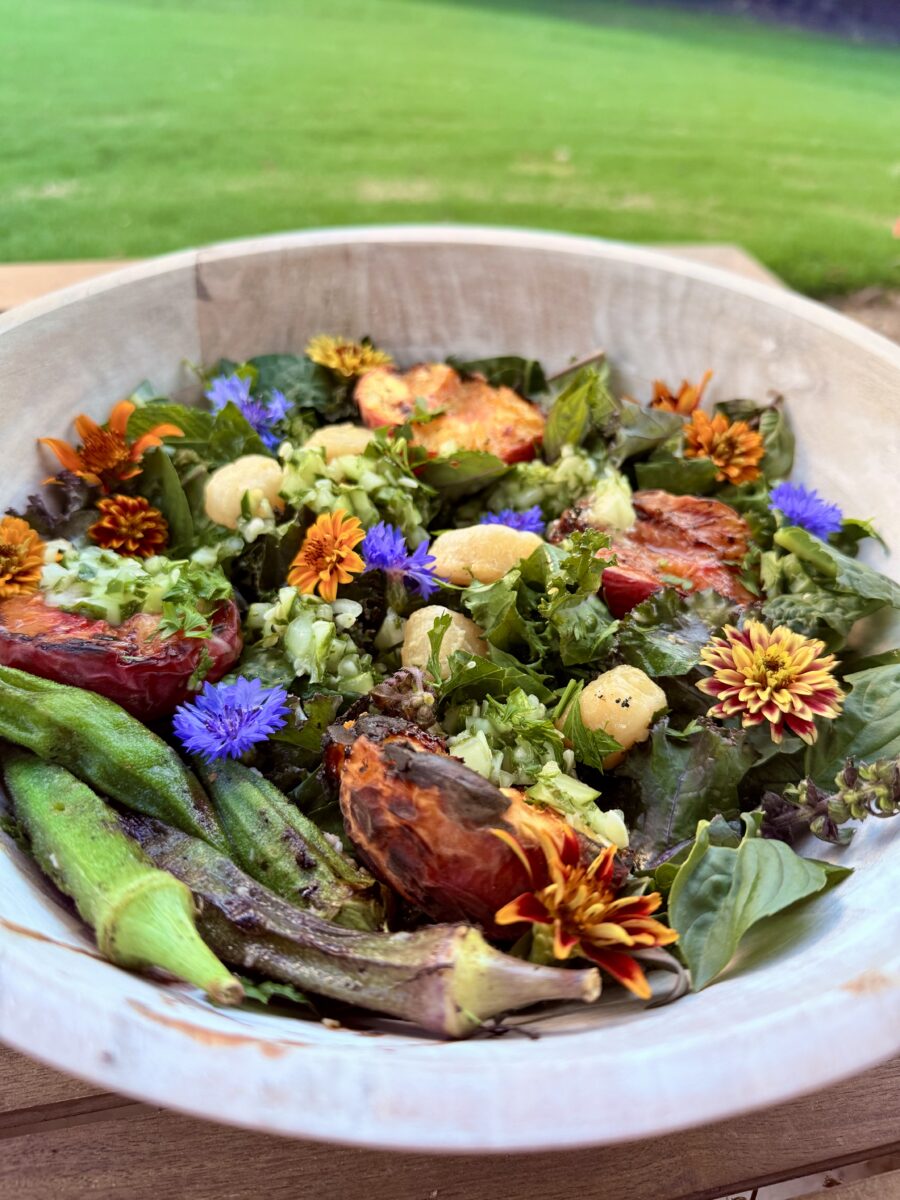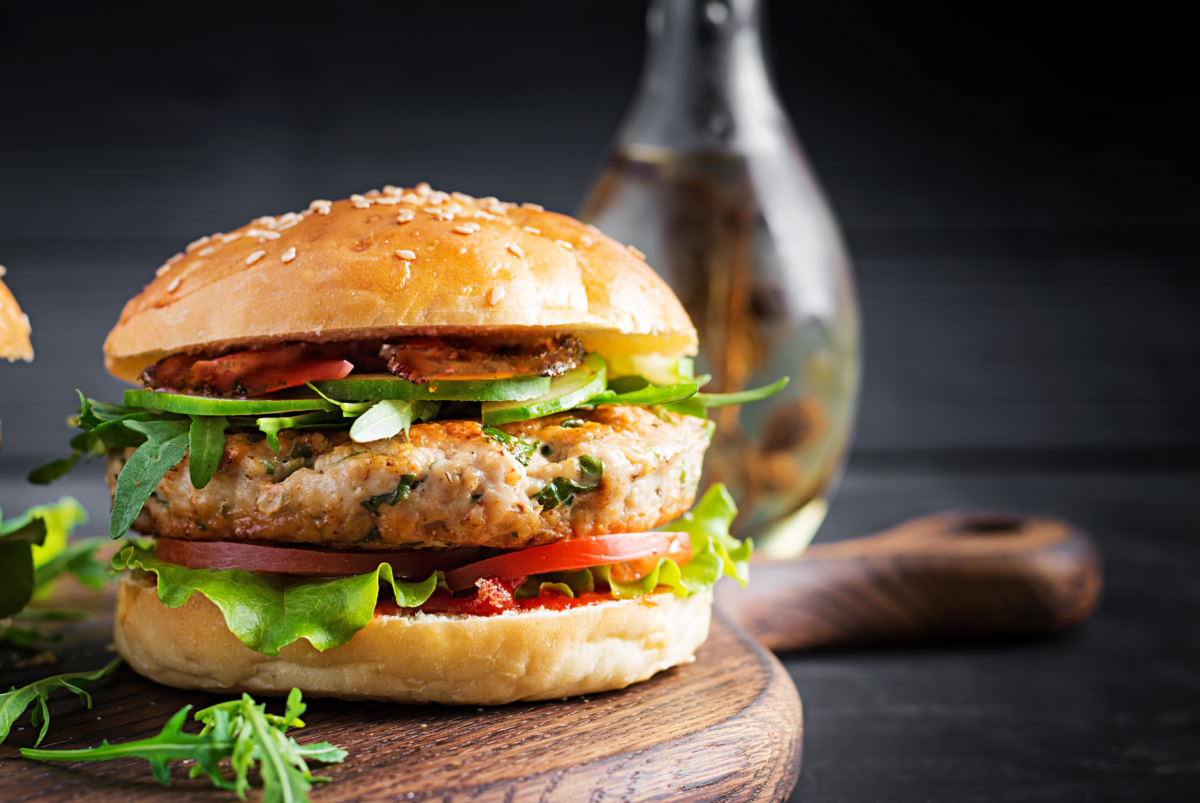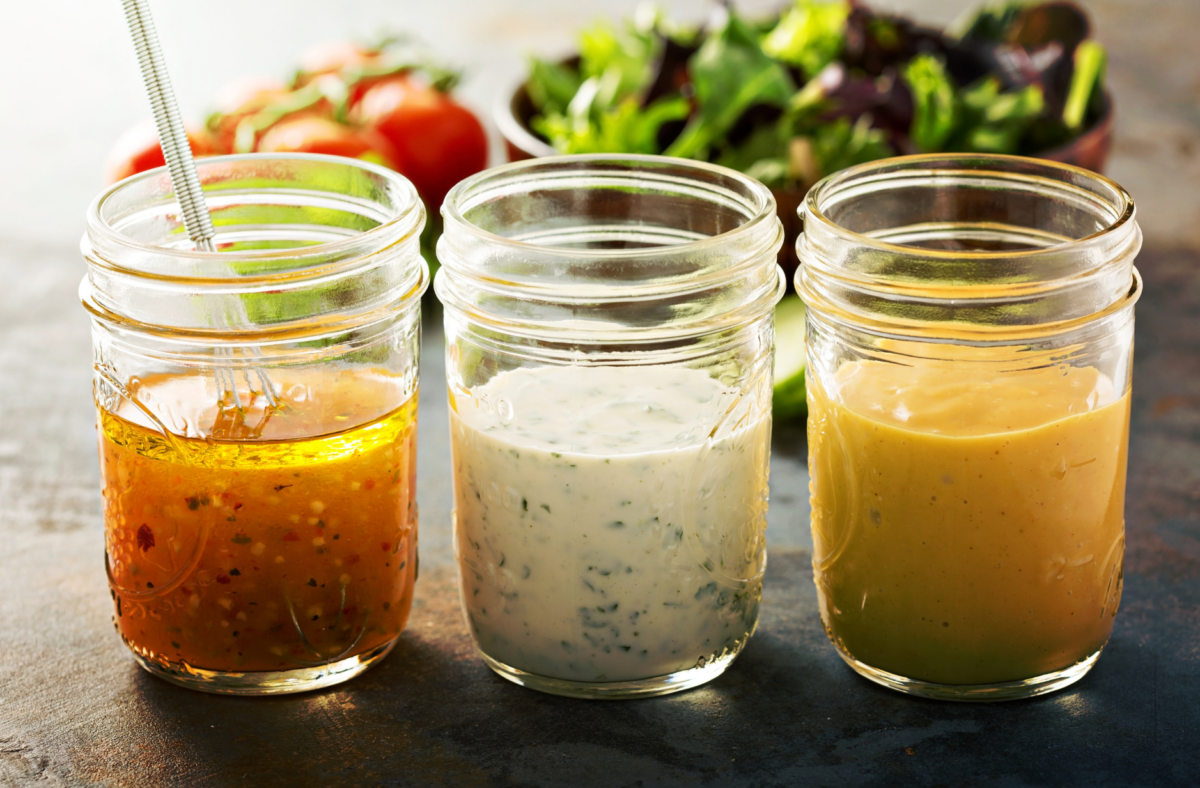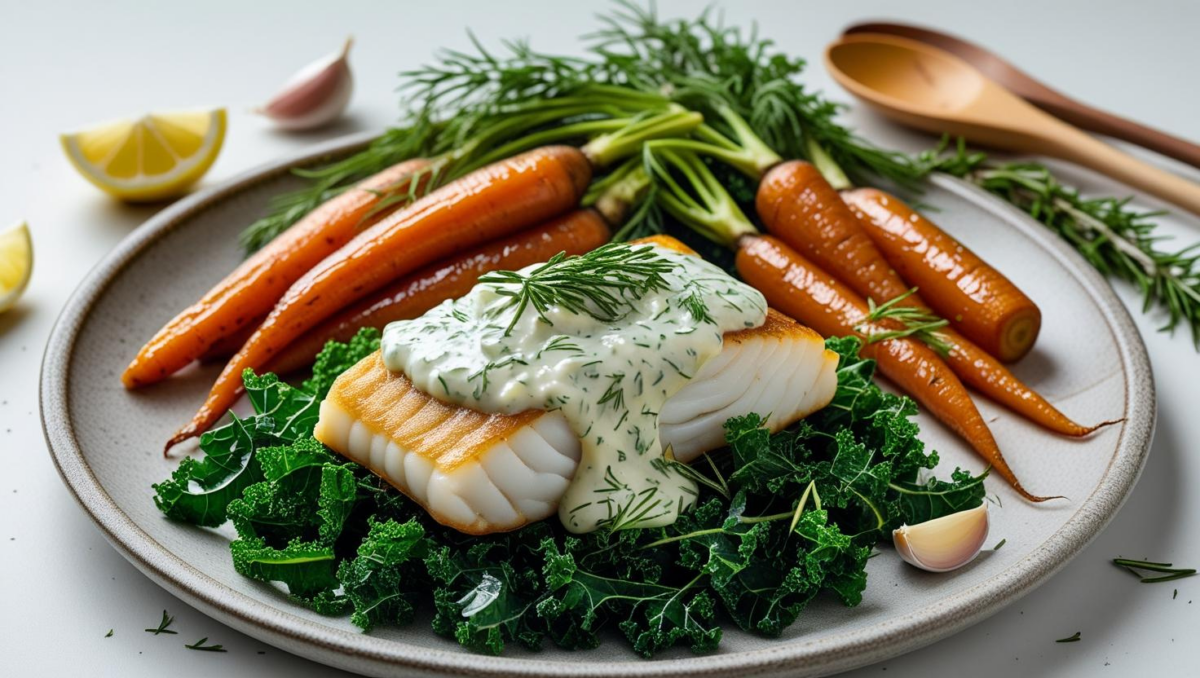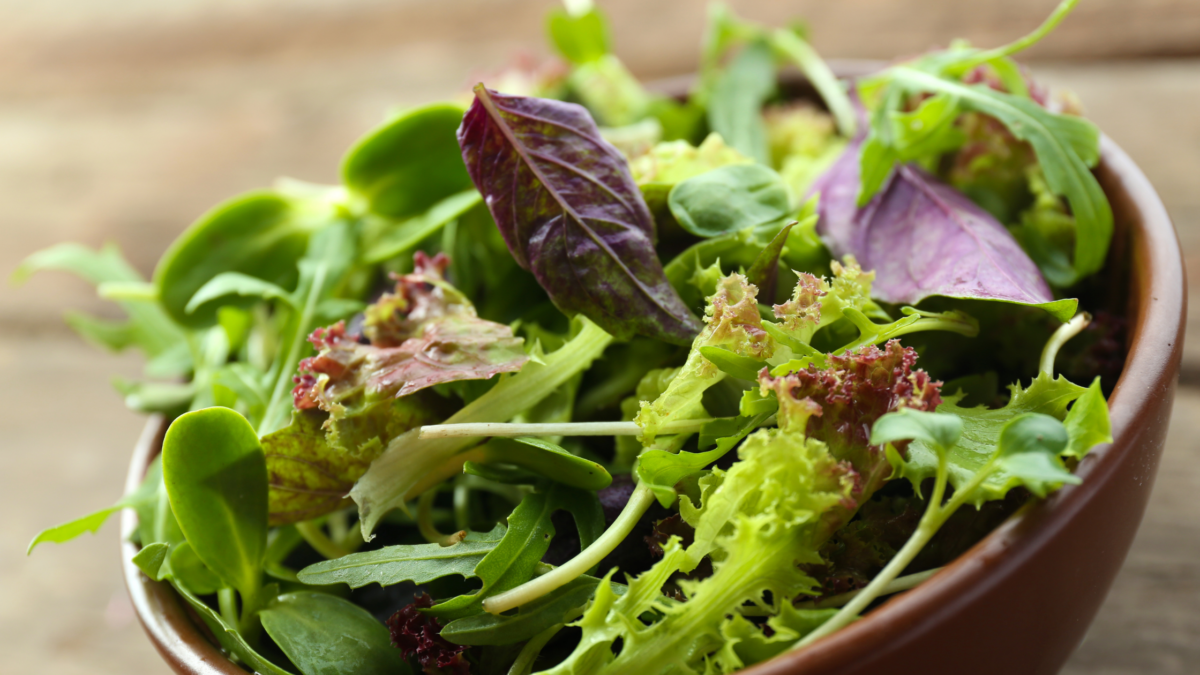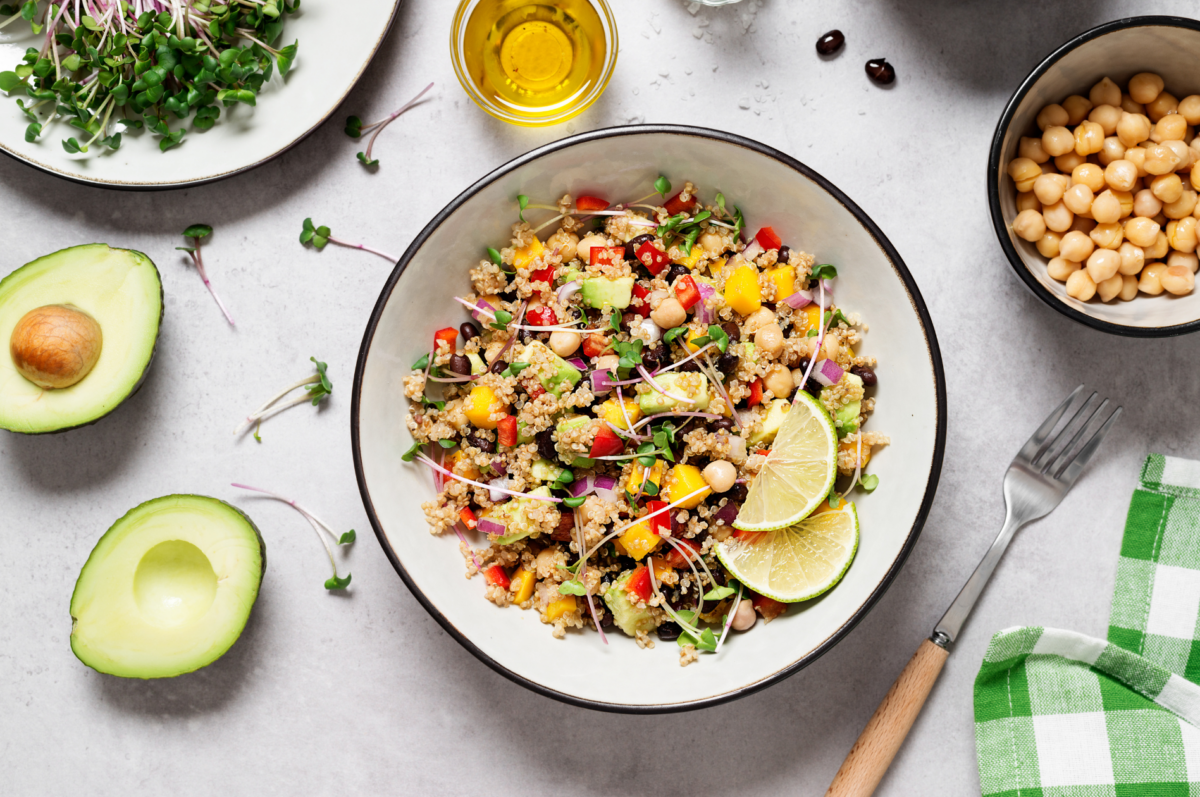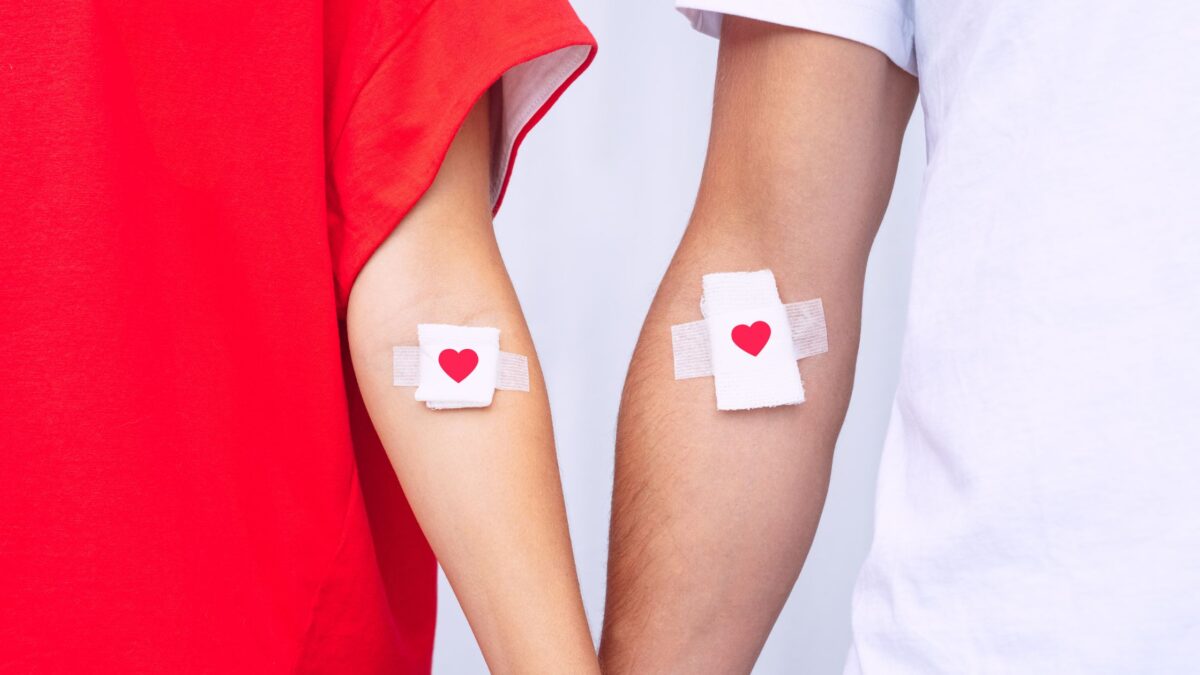Let me start by saying I HATE an over-hyped health fad. It seems like everyone suddenly has “the latest thing.”
Histamine intolerance is the hot new trend in alternative and functional medicine. While it definitely gives ” overhyped-health-fad” vibes, it is absolutely legit and deserves attention. Here’s why.
Histamine is Trending Right Now

Disclosure: This blog contains affiliate links.
In my practice, I have seen a dramatic uptick in the prevalence of histamine intolerance. Many other practitioners and functional nutritionists are seeing it, too.
Keeping in mind the metaphorical phenomenon that “when you have a hammer, everything looks like a nail,” I’m well aware that this also presents as an easy bucket to dump clusters of symptoms with unknown etiologies into. But I don’t believe that to be the case at all.
Histamine intolerance is something that’s been recognized for quite some time now. It was really brought to light by Dr. Lawrence Afrin in his work and book ‘Never Bet Against Occam‘ where he outlines the powerful impact of mast cell activation syndrome (MCAS – one potential root cause of histamine intolerance). The current trend in histamine intolerance appears to come as a consequence of COVID.
I have seen more and more clients lately who present with seemingly unrelated symptoms they’ve never experienced before. Often, their blood work looks just fine (even with functional ranges), yet they are immensely suffering. Their symptoms then dramatically and nearly instantly improve when starting a histamine intolerance protocol.
So What Is Histamine Intolerance?
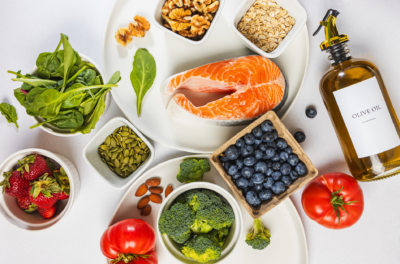
Histamine is a natural molecule our bodies make. It plays vital roles in immune and nervous system signaling and activation, cognition, sleep/wake cycles, gastric acid secretion, and acts as a neurotransmitter (1). It causes blood vessel dilation and bronchoconstriction and is involved in allergy responses (2).
Histamine intolerance is the result of too much histamine being present in certain tissues and/or an impaired ability to clear it out. Here are where histamine comes from and what stimulates its release:
Endogenous (made by the body):
- Mast cells – These ar specialized immune cells that reside in surface tissues (think gut, respiratory tract, skin, genitourinary tract). When triggered, they “degranulate” and release histamine and other molecules into surrounding tissues (2, 3).
- Gut Microbes—Some species of gut bacteria that are “superproducers” of histamine have been identified. Dysbiosis with a prevalence of these microbes can lead to excess histamine (4).
- Impaired DAO enzyme—Diamine oxidase is the primary enzyme responsible for breaking down histamine. When the body doesn’t make enough DAO, histamine (whether endogenous or exogenous) builds up (5).
Exogenous (from outside the body):
- Certain foods – some foods are naturally higher in histamine, some are “histamine releasers” (6), and others are high in histidine, which is an amino acid that can be converted to histamine (7)
- Stress – an overactive nervous system can communicate with the immune system, causing stress-induced MCAS. This can include both emotional and physical stressors (8).
So, already, we see that it’s not necessarily that the body can’t “tolerate” natural histamine; it’s that one or multiple drivers are causing more to be present than there should be – we have to get to the “root cause.”
Addressing Histamine Intolerance
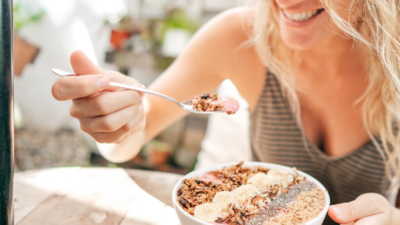
Okay, sure. This might help calm the acute reactions, but this does absolutely nothing to fix the problem.
Another problem with this approach is that some people react to completely random, non-histamine foods. Once the reaction is set in motion, the body often continues to add more things to its own personal list of “trigger foods.”
I had one client who couldn’t touch or be in the same room as juiced carrots without having a major histamine reaction.
It’s different for everyone, and this is where a personalized multifactorial approach is the difference between healing the disorder or living the rest of your life trying to patch it up with Bandaid approaches.
Personalization can only go so far with a blog post. Schedule a free consult call with me if you’d like 1-on-1 professional guidance.
Step 1: Put Out the Fire
The first step is to identify and remove your food triggers. This is where the cookie-cutter Low-Histamine diet proves itself useful.

When your body is in a constantly reactive state, it’s not able to heal. With histamine intolerance, reactions to one food often begets a reaction to others – creating a continuous cycle.
The Low-Histamine Diet would be used as a guide here. It is not absolute, meaning you should not eat this way forever.
Here’s what do to:
- Food + Symotom Journal—this is essential. You’re likely reacting to things that are NOT on the Low-Histamine Diet, and you need to identify those so you can avoid them in this healing phase. Keep a log of everything you’re eating for 2 weeks and ALL symptoms you experience. Some symptoms may not show up until 2-3 days later. This is vital for identifying trigger foods.
- Using the Low-Histamine Diet as your guide—You should not stop eating the High-Histamine foods completely. In fact, you should eat these foods! (at least once).
- What will be important here is not eating these foods in combination with other high-histamine foods. Pick one. Only have that one high-histamine food for that day.
- Notice and track any symptoms to identify if any of these foods are major triggers for you.
- Once your trigger foods are found, avoid them completely during the healing phase. For the rest of the high-histamine foods, just be mindful not to eat more than 2 or 3 with each meal. We do want to keep your overall histamine levels low to allow your body time to heal and repair.
- Stop taking low-quality supplements and unnecessary OTC meds—if your supplement has 1 or more “inactive ingredients” listed on the label, stop taking it for now. According to Dr. Afrin, “excipients added to drugs and supplements can cause mast cells to degranulate.” Exipients are the binders, fillers, and flow agents.
- Start taking Histamine IQ —This is the only full-spectrum natural supplement that includes herbs that calm mast cells, block histamine, and contain the DOA enzyme. It also has no fillers or flow agents. (note: this is one of the few quality supplement lines that uses minimal to no fillers in their formula. If you need to replace other supplements you’ve had to stop taking with step 3, this brand is a great option to replace them with).
High Histamine foods and histamine releasers:
Fermented Foods, Alcohol, Pickled Or Canned Foods, Ages Cheeses, Dried Fruit, Tomatoes, Tomato Products, Spinach, Chickpeas, Soy, Soybeans, Peanuts, Peanut Butter, Wheat, Cinnamon, Chocolate, Cured Meats, Aged Meats, Citrus, Papaya, Pineapple, Strawberries, Black And Green Tea, Cabbage, Canned Meat, Canned Fish, Leftovers
Step 2: Repair the Gut
Many people experience gut symptoms with histamine intolerance.

Histamine naturally degrades tissues, so it’s common also to experience leaky gut with histamine intolerance. Additionally, because certain gut microbes are superproducers, we want also to offer microbiome support.
Putting out the fire is essential to allow the gut to heal. It’s ok to start this phase at the same time that you start phase 1, or you can take each stride at a time. Here’s what I’ve found to be more healing for repairing the gut with histamine intolerance:
- Take Ancient Nutrition SBO Gut Restore probiotics – Contrary to internet claims, taking a probiotic is not going to cause excess histamine release. These are unique in that they contain only strains that would naturally be found in the soil (that are no longer part of our foods for obvious reasons). The fermented ingredients are also excellent for supporting your own probiotic microbes.
- Follow my Gut Healing Meal Plan – you can access the free PDF here. Note: Some of these meals contain high-histamine foods and encourage leftovers (from soup). If any of these are trigger foods for you, simply exclude the ingredient or make a small batch of gut-healing soup. Do focus on gut-healing foods. Don’t be afraid of fermented foods, either, if they are not a trigger food. They are excellent for the microbiome.
Step 3: Address the REAL Root Cause
This is the most important step and one that’s the easiest to overlook.

Trust me, this is the only way to truly address the underlying cause of histamine intolerance
The root cause is the nervous system.
A part of your brain called the limbic system (aka the fight-or-flight response) is always on alert, assessing the environment for threats. It controls various physiological reactions, including cortisol, heart rate, breathing, and the innate immune response.
The limbic system is active when the body is stressed (whether physiologically, emotionally, or both – much like we all experienced during COVID, consciously or not). It’s taking in everything that’s going on around and within you. There’s a good chance that some of these things are going to be registered as a “threat” by the limbic system.
What’s something that we’re doing very often? Eating. Allowing the perfect opportunity to “register” the foods being eaten as “threats.” This happens by recruiting mast cells to degranulate and mount a protective response. And the cycle continues.
So, addressing the “root cause” is done by retaining this system with limbic system retraining:
- The best all-around program for LSR is the Gupta Program. They are the first group to publish studies on the efficacy of LSR for histamine intolerance, MCAS, CIRS, EDS, and various other conditions (9).
- Other components that heal the limbic system
- Breathing exercises – do these daily and or before meals. Box breathing and Resonance Breathing are great.
- Healing mantras around meals – Say to yourself that the foods you’re eating are good for you, are healing, and are not a threat – intentionally say that you believe this as well.
- Get good sleep – early morning sunlight exposure, quality sleep, enough sleep
- Nueolenguistic Programing – (this is part of a good LSR program).
- Emotional Freedom Technique
Symptoms of Histamine Intolerance
You might be dealing with histamine intolerance if you experience these symptoms unrelated to other pre-existing health conditions:
- Bloating
- Abdominal pain
- Diarrhea/constipation
- abdominal distention (swelling)
- Headaches/Migraines
- Skin rashes, redness, tenderness, hives, urticaria
- Itchy throat
- Runny/stuffy nose
- Watery eyes
- Fatigue
- Shortness of breath
- Faintness
- Low blood pressure/POTS


